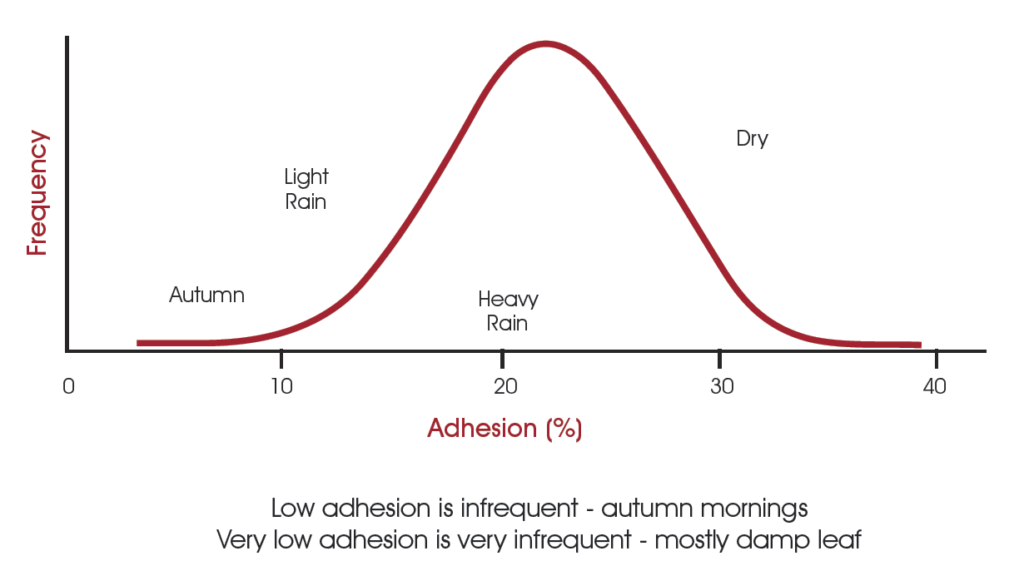This website (www.rail-traction.co.uk) uses Google Analytics to collect anonymous information such as the number of visitors to the site, and the most popular pages.
Keeping this cookie enabled helps us to improve our website and understand our customers better.
Type: Analytics
Description: Set by Google to distinguish users. Calculates visitor, session and campaign data and also keeps track of site usage for the site's analytics report. The cookie stores information anonymously and assigns a randomly generated number to recognize unique visitors, while also creating an analytics report of the website's performance. Some of the data that are collected include the number of visitors, their source, and the pages they visit anonymously.
Please enable Strictly Necessary Cookies first so that we can save your preferences!




